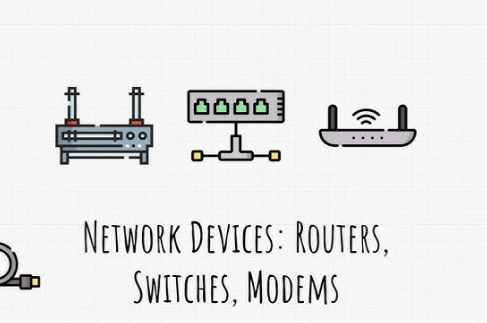Understanding the basics of networking is essential in today’s digital age where connectivity is paramount. Whether for personal use or professional development, grasping networking concepts can greatly enhance your skills and opportunities. This guide aims to demystify networking fundamentals for those just starting out.
What is Networking?
Networking refers to the practice of connecting computers, servers, and devices to share resources and information. It allows communication and collaboration among different systems, enabling users to access shared data and services efficiently. Understanding how networks operate is crucial for troubleshooting issues and optimizing performance.
Types of Networks
There are various types of networks, each serving different needs. Local Area Networks (LANs) connect devices within a limited area, like a home or office, while Wide Area Networks (WANs) cover larger geographic locations, often connecting multiple LANs. Other networks include Metropolitan Area Networks (MANs) and Personal Area Networks (PANs), each designed for specific functionalities and scales.
Networking Components
Key components of a network include routers, switches, hubs, and network cables. Routers direct traffic between networks and can connect to the internet, while switches connect multiple devices within a LAN. Hubs serve a similar function but are less efficient as they broadcast data to all connected devices. Understanding these components is vital for setting up and maintaining a reliable network.
Taking the time to learn about networking is a valuable investment in your skill set. Whether for career advancement or personal enrichment, the fundamentals of networking offer numerous benefits. Dive deeper into networking concepts, and you’ll unlock new opportunities and enhance your technological fluency!

